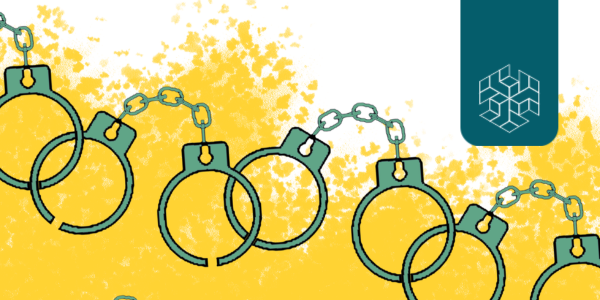Author: Bhamini Rathore
Editor: Soumya Singhal
ABSTRACT
India’s 7,516 kilometres long mainland coastline is home to over 13,000 marine species and is a source of employment for over 20 lakh people. An extensive coastline, though lucrative for a country’s economic development, also makes the country vulnerable to geopolitical and climate change threats. Due to their economic significance, coastal areas have become hotspots for rapid urbanisation. In July 2022, the central government exempted all expansionary projects up to 100 kilometres of biodiversity hotspots like the Himalayas, beaches, forests, etc., from environmental clearance in the interest of strategic, defence, and security considerations. These projects include highways, fishing ports and harbours, and biomass-based thermal power plants, which raise environmental concerns about soil erosion, coral reefs destruction, and depletion of fisheries near shorelines, thereby straining the ecosystem. India’s eastern coast is eroding faster than the west coast due to strong littoral drift, threatening the marine ecosystem and displacing local fishermen. However, the western coast will likely encounter environmental issues due to the conflict between development and environmental conservation.
This issue briefly examines Karnataka, which lies in a delicate spot of port development, rising sea levels, and declining mangroves. The research studies how the region struggles to protect the coastline and the Western Ghats. We examine the influence of coastal development on the region’s biodiversity, settlements, and topography—the article advocates for prioritising climate action in coastal areas and provides recommendations for designing resilient coastal regions.
INTRODUCTION
Coastal locations are coveted for trade, industry, military, and residential activities due to their profitability. Globalisation has necessitated the transfer of vast quantities of raw materials and commodities, calling for an emphasis on constructing ports and harbours. At the same time, the areas around the ports face pressure to develop industries like maritime, shipping, petrochemicals, etc., tourism, and communities (Kudale, 2010). Consequently, marshy lands and tidal flats are retrieved, creeks are redirected, mangroves are destroyed, and significant businesses, ports, and projects develop in their place (ibid.). It changes the coast from a natural landscape to a collage of human activities. Natural ecosystems are stressed, leading to ecosystem services breakdown and biodiversity loss.



